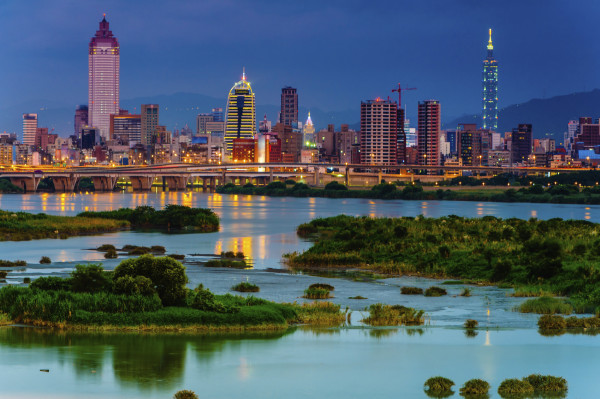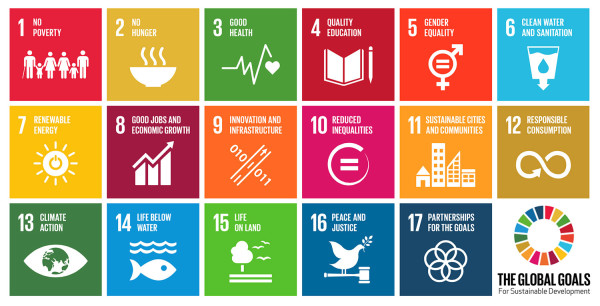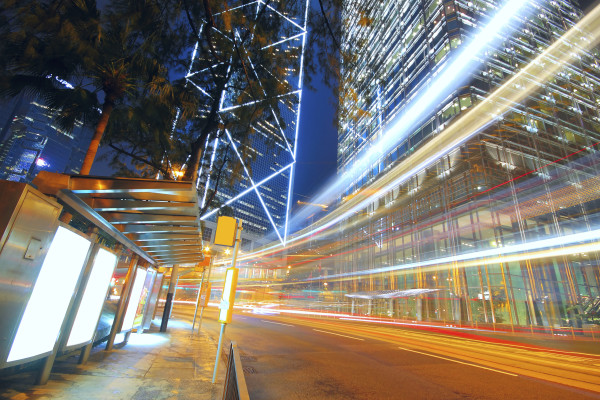A multilateral window for city diplomacy

Pressing problems such as climate change, pandemics, and inequality significantly affect cities in an urbanizing world, and in turn impact a growing proportion of humanity living in urban areas. For these reasons we now see a widening participation by cities in global initiatives to address these challenges and develop transnational urban responses to global problems. As proven by efforts such as the Climate Leadership Group (C40) or the World Health Organization’s Healthy Cities Network, cities have a great potential to mobilize forces across boundaries, develop common efforts, and shape international agendas.
This urban participation is shifting into high gear. In multilateral politics, this is shaping up as a momentous period for city diplomacy and global urban agendas. Cities are gaining influence and momentum on critical issues in global affairs, and while they are poised to make a difference, there is still much work ahead. In particular, coalesced around the United Nations’ system, a series of milestones offer ‘urban’ input to disaster response, sustainable development, climate change, and global governance.
Between mid-2015 and end-2016 a variety of key multilateral processes have and are now opening up critical urban windows to further integrate city leadership as a core driver in international efforts. Early in 2015 the renewal of the Hyogo Framework for Disaster Risk Reduction, updated in the Sendai Framework for Disaster Risk Reduction 2015-2030 and adopted by UN Member States on 18 March 2015, was the first milestone amidst the key multilateral steps of the next eighteen months. At Sendai, cities were recognized as critical actors in building more resilient communities. Following Sendai, the critical Sustainable Development Goals (SDGs) process drew to a close in September 2015 and included explicitly a global urban goal (SDG 11 on sustainable cities and communities). The UN Framework Convention of Climate Change (COP21) followed in November with a gathering in Paris for a post-Kyoto Protocol framework. Paris showcased the convening and action potential of cities, which were for the first time recognised officially via a UN Secretary General’s Special Envoy for Cities and Climate Change—former New York mayor and chair of the C40 Michael Bloomberg. As the SDGs and post-Kyoto take shape, the UN Conference on Housing and Sustainable Urban Development or “Habitat III” will issue a new urban agenda for the United Nations in Quito in October 2016.
As we at the University College London’s City Leadership Initiative (CLI) reported jointly with the C40-ARUP Partnership in the flagship report Climate Action in Megacities 3.0, C40 cities alone have taken momentous steps to collaborate transnationally amidst multilateral standstills. Since the UN negotiating failures of COP15 in Copenhagen, the collaborations in C40 cities have fostered nearly 10,000 climate actions, covering 1 in 12 people worldwide and 25 percent of the global GDP. In short, there is evidence that city diplomacy is indeed working.
While cities themselves are taking matters in their own hands, the global movement for an ‘urban agenda’ is growing strong across academia, multilateral bodies, and the private sector. In development, this is possibly best represented by the Campaign for an Urban Sustainable Development Goal (#UrbanSDG). #UrbanSDG was launched in September 2013 with the support of UN Habitat, United Cities and Local Governments (UCLG), Cities Alliance, ICLEI Local Governments for Sustainability, Metropolis, and in partnership with a vast variety of prominent urban research institutions like the African Centre for Cities at the University of Cape Town or the Indian Institute for Human Settlements. The campaign operated under the aegis of the Sustainable Development Solutions Network, which was previously kicked off by UN Secretary-General Ban Ki-moon in August 2012 to mobilize scientific and technical expertise in support of sustainable development, and testifies to the growing recognition of the UN system for cities beyond the specific purview of UN-Habitat. What #UrbanSDG evidenced is that, whilst specifically recognized by SDG #11 (‘Make cities and human settlements inclusive, safe, resilient and sustainable’), cities have a core stake across a vast variety of goals, and even more importantly a crucial role in monitoring and implementing them effectively.

Whether it is SDGs, Sendai Framework, or the Paris Agreement at COP21, examples of the mounting centrality of cities and their leaders in global governance are more and more common. From the governing board of C40, the UN Global Network of Safer Cities, or UCLG, to the discussions at the recent WHO Healthy Cities summit in Kuopio, the role of cities and city diplomacy in promoting inter-sectorial collaboration on the SDGs is now evident across all major global urban initiatives. Critical however, is now the need to develop a better appreciation of the capacity that cities have, and are required to have, to effectively network transnationally and conduct effective city diplomacy on behalf of the millions of urban dwellers they represent.
At CLI, in partnership with WHO, we have begun to unpack systematically what appears already as a vastly complex landscape where city networks have been growing exponentially in the past few years, and where environmental action is but a third of the mix of collaborative initiatives currently identifiable as city diplomacy. What is blatant is that we need to grasp even better the diplomatic, analytical, and foreign policy needs that cities large and small, developing and developed, global or globalizing, need not just in this momentous year, but in the years to come.
Equally, even broader global political questions remain unanswered. Professor Susan Parnell of African Centre for Cities has already warned that a key mistake would be to think that securing the stand alone ‘urban SDG’ is enough, and that Habitat III will “have done its job” by simply affirming the urban nexus of sustainable development. Rather, Parnell warns, this city leadership effort needs to go far beyond, providing a reporting structure that “incentivizes good collective urban practices for current and future generations.” Her call is widely echoed amidst key urban scholars and planning practitioners.

Similarly, as UCL’s Professor Jennifer Robinson warns, we might be today at a “critical democratic juncture” in cities: on the one hand all of these initiatives, coupled with technological developments and the growing social pressures sprawling in cities the world over from Tahrir Square in Cairo to protests in Turkey, the United Kingdom, Brazil and beyond, offer a window of opportunity for more inclusive sustainable urban development. On the other hand, the growing dominance of the private sector, questionable participatory processes, and ‘splintering’ urbanization all point at a dangerous closure in the democratic possibilities of the new urban agenda.
Hence the work ahead is not all downhill. Aromar Revi, director of the Indian Institute for Human Settlements and a key voice in setting the urban SDG agenda, put it rightly in his keynote address at the 25th session of the UN-Habitat Governing Council. Revi warned that the “world is deeply unprepared” to integrate the SDGs within current frameworks and that cities are well at stake here. As he suggested, we need “new global and local partnerships”, new governance and fiscal arrangements, and increased multi-stakeholder capacity, amidst which cities, as the quintessential ‘glocal’ actors, might be uniquely situated to support an effective and truly ‘global’ governance.
Dr. Michele Acuto is director of the City Leadership Initiative at University College London and Principal Investigator of the ESRC-funded project Urban Gateways: Can Global Cities Provide Leadership for Global Governance? This blog was originally posted on the website of the 2016 Chicago Forum on Global Cities.